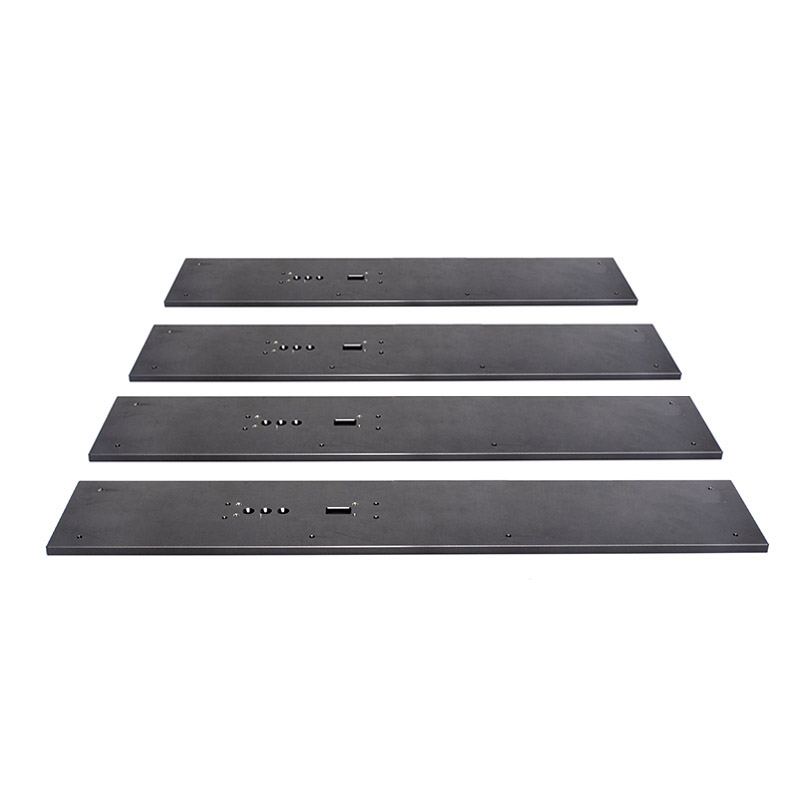
Understanding the Factors That Affect the Deformation of CNC Machined Parts
CNC machining has revolutionized the world of manufacturing, enabling the mass production of intricate and complex parts that were once impossible to produce with manual machining. With this advanced technology comes the risk of deformation, which can compromise the quality and functionality of the finished parts. In this blog post, we’ll look at the factors that affect the deformation of CNC machined parts and how to avoid it.

- Material Properties
The composition of the material being machined is one of the most critical factors in determining whether deformation will occur. Heat buildup during machining can cause thermal expansion, causing the material to warp and bend. Certain materials, including aluminum and certain types of plastic, are particularly susceptible to deformation. Choosing the right type of material for your application is essential to minimizing deformation.
- Design Specifications
The design specifications of the parts being machined can also affect the risk of deformation. Poorly designed parts may have thin walls or unsupported areas that are more prone to bending or warping. By carefully considering your design specifications in advance, you can optimize the part’s shape, thickness, and general structure to reduce the deformation risk while still achieving the desired mechanical properties.
- Machining Parameters
The parameters used during CNC machining are critical to preventing deformation. Factors such as cutting speed, feed rate, and depth of cut all impact the amount of heat generated during machining. Adjusting these parameters can help to prevent warpage and deformation. It’s also important to ensure that the machined parts are adequately supported during the machining process to minimize the risk of deflection.
- Post-Machining Processes
Post-machining processes, such as surface polishing or welding, can also contribute to deformation. When parts are subjected to high heat during these processes, they may warp or bend. You should use great care in selecting the appropriate post-machining processes to minimize the risk of deformation. For example, using a lower-temperature welding process may prevent warping and deformation while still achieving a strong weld.
- CNC Machine Maintenance
Like any other equipment, CNC machines require regular maintenance to perform optimally. Poor maintenance can lead to errors in cutting dimensions, alignment problems, or other issues that contribute to deformation. By performing regular maintenance on your CNC machines, you can ensure that the machine’s calibration is accurate, reducing the potential for part deformation.
Conclusion:
In conclusion, deformation is a major concern when it comes to CNC machined parts. By considering the material properties, design specifications, machining parameters, post-machining processes, and CNC machine maintenance, you can minimize the risk of deformation and produce high-quality parts that meet the stringent requirements of modern manufacturing. Incorporating these factors into your design process can be the key to producing consistent, reliable CNC machined parts with a low risk of warping or bending.
